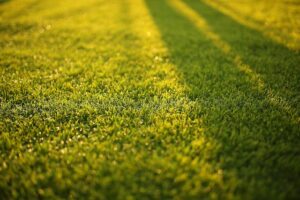
A sick or dying tree can be a more serious issue than many homeowners imagine. Trees that are dead or sick enough that their root structure or integrity has become compromised can pose a significant threat to roofing, parked vehicles, and even the surrounding landscape if they fall or are blown over.
Discolored Leaves
Leaves that are spotted or discolored are a common sign that a tree may be sick. While it is normal for the leaves of deciduous trees to turn brown and fall off during the summer and fall, discolored leaves during the spring and early summer may be a sign that something is wrong. Taking action at the first sign of trouble can increase the chance that a sick tree can be treated successfully or that a dying tree can be removed before it causes further problems.
Fungus and Insect Infestation
While healthy trees may be home to many species of birds and insects, some infestations may be actively harmful to the tree and others that may indicate a dead limb or a dying tree. Holes within the bark, limbs, or trunk of a tree may be a sign of wood-boring insects while fungus growth might indicate a dead or dying tree. Consulting with a professional tree service can provide you with greater insight regarding any fungus growth or infestation that may be affecting your tree.
Fewer Leaves and Reduced Canopy
While canopy growth can fluctuate from one year or season to the next, a noticeable reduction in coverage could indicate an unhealthy tree. While a single limb is unlikely to be as big an issue as a falling tree, even a modest-sized tree branch can still cause considerable damage. Having your tree inspected by a professional can give you a better understanding of its overall health and allow you to remove any dead or dying limbs that might otherwise cause problems.
Identifying the signs of a sick tree and taking action to address the situation is not a concern that home and property owners can afford to take lightly. Falling trees can easily total a parked vehicle, destroy a roof installation or cause extensive damage to other areas of the home or surrounding landscape. Recognizing the most common signs that a tree may be in poor health and making arrangements to address the situation could end up making a world of difference.


